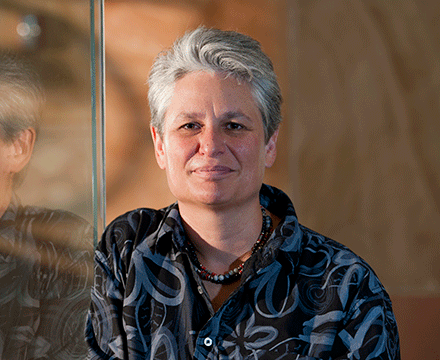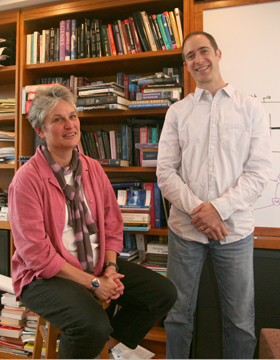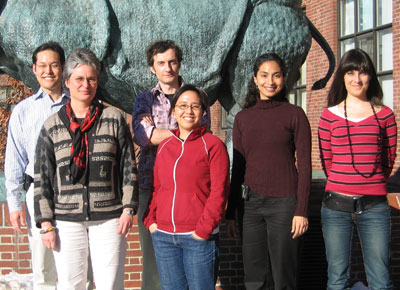Professor Catherine Dulac will present a Harvey Lecture on Wednesday, January 15, 2014 at Rockefeller University in New York City. Her lecture, entitled “Molecular and Neural Sensing of…
(l to r) Tara Bennett, Prof. Rob Lue, Susan Johnson, Prof. Catherine Dulac, and Alia Qatarneh For the past decade, the Department of Molecular and Cellular Biology has…











